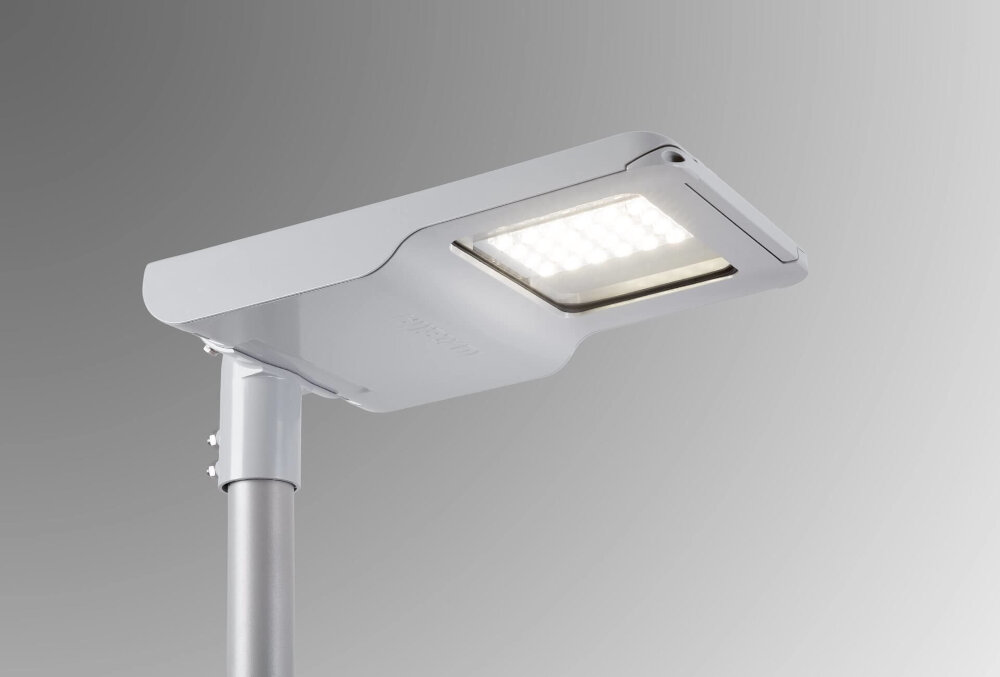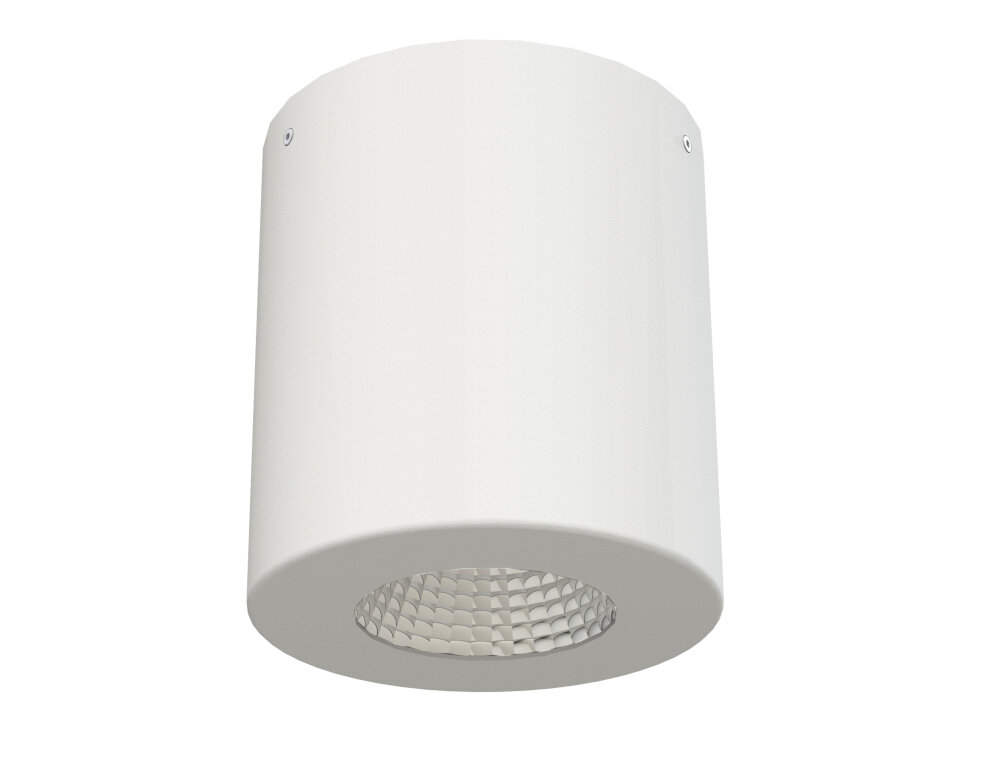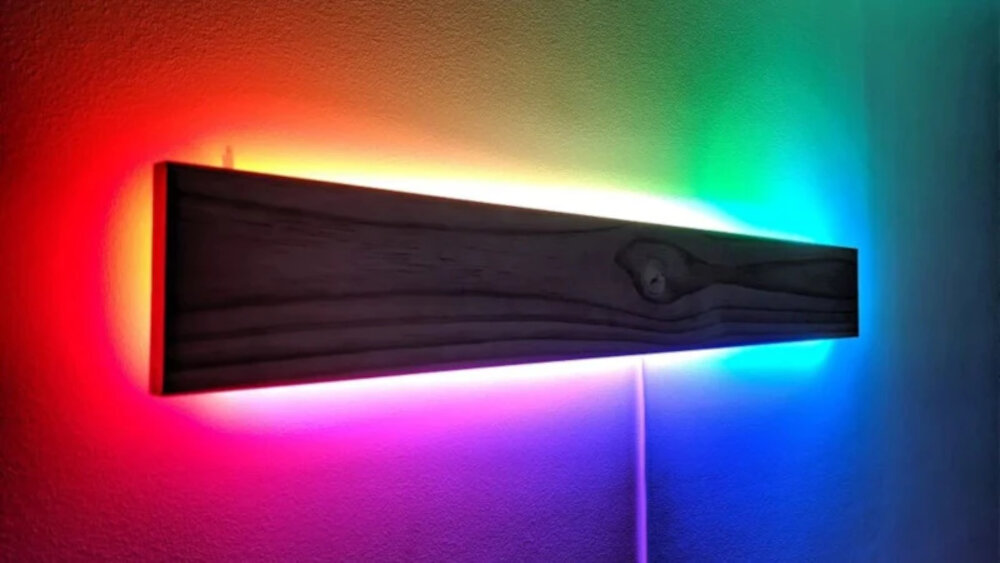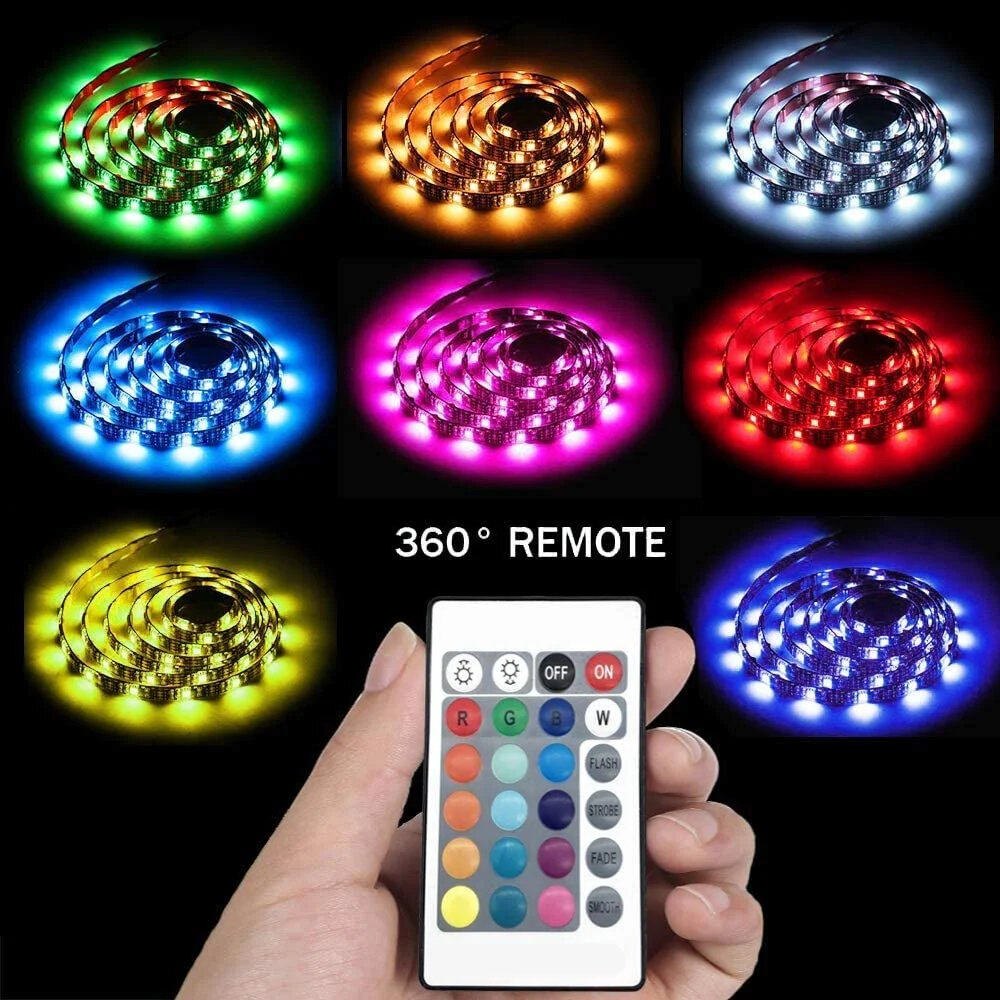LED Light Bulbs: Exploring Their Temperature and Heat Emission

Light Emitting Diodes, commonly known as LED, are one of the most energy-efficient and eco-friendly lighting sources available on the market. They have revolutionized the lighting industry with their attributes such as low energy consumption, long-lasting performance, and high durability. However, one of the critical aspects of LED technology that is often underestimated is their temperature and heat emission. LED light bulbs operate differently from traditional incandescent bulbs, and it is essential to understand how they work to maximize their performance and avoid any potential hazards. Temperature and heat emission are two crucial factors to consider when selecting an LED light bulb. LED bulbs tend to operate at lower temperatures and emit less heat than traditional incandescent bulbs. This is because they convert electrical energy into light more efficiently, resulting in less energy waste in the form of heat. However, excessive heat generation can reduce the lifespan and performance of LED bulbs. Therefore, it is essential to understand the relationship between temperature, heat emission, and LED bulb performance to make informed decisions when choosing the right LED lighting solution for your needs. In this article, we will explore the science behind LED technology and how temperature and heat emission impact LED bulbs’ performance and lifespan.
LED light bulbs are a type of lighting technology that utilizes light-emitting diodes (LEDs) as a source of illumination. Unlike traditional incandescent bulbs, which produce light by heating a wire filament, LED bulbs work by passing an electrical current through a semiconductor material, which emits light. LED bulbs are highly efficient, using up to 80% less energy than incandescent bulbs and lasting up to 25 times longer. They also emit less heat, making them a safer and more comfortable option for indoor lighting. Additionally, LED bulbs are available in a wide range of colors and can be dimmed to create different moods and atmospheres. Their versatility, energy efficiency, and long lifespan make them an increasingly popular choice for both residential and commercial lighting applications.
Temperature and heat emission are critical factors to consider when it comes to LED light bulbs. As LED bulbs consume less energy, they tend to generate less heat than traditional incandescent bulbs. However, excessive heat can still be an issue for LED bulbs, as it can cause the bulb to malfunction, leading to a shorter lifespan and reduced performance. Therefore, it’s essential to monitor the temperature of the LED bulb and ensure that it remains within a safe range. Additionally, efficient heat dissipation is crucial for maintaining the bulb’s performance and longevity. By dissipating heat effectively, LED bulbs can operate at optimal temperatures, providing brighter and more consistent light while preserving energy efficiency.
The purpose of this article is to provide a comprehensive understanding of LED light bulbs, their temperature, and heat emission. The article delves into the science behind LED technology and how it affects the temperature and heat output of these bulbs. The article also explores the benefits of LED bulbs, such as their energy efficiency and longer lifespan, as well as the potential risks associated with their heat emission. By gaining a deeper understanding of LED light bulbs and their temperature management, readers can make informed decisions about their lighting choices and ensure safe and effective use of these innovative lighting solutions.
Understanding LED Light Bulbs

LED light bulbs are a popular lighting option that have gained significant traction over the past decade due to their high energy efficiency and long lifespan. Unlike traditional incandescent bulbs, LEDs produce light by passing an electric current through a semiconductor material, which emits photons. This process is much more efficient than incandescent bulbs, which produce light by heating a filament until it glows. As a result, LED light bulbs use significantly less energy and produce less heat than incandescent bulbs, making them an ideal choice for both residential and commercial lighting applications. One key factor to consider when selecting an LED light bulb is its temperature and heat emission. While LED bulbs produce less heat than incandescent bulbs, they still emit some heat, which can impact their performance and lifespan. LED bulbs that generate too much heat can experience decreased efficiency and a shorter lifespan. To mitigate this issue, manufacturers have developed LED bulbs with heat sinks and other cooling mechanisms to help dissipate excess heat. Additionally, selecting LED bulbs with a lower color temperature can also help reduce heat emission and increase bulb lifespan. By understanding the impact of temperature and heat emission on LED bulbs, consumers can make informed decisions when selecting the best lighting option for their needs.
LED light bulbs operate by passing an electric current through a semiconductor material, which emits light energy. This process is known as electroluminescence. When the electrons and holes in the semiconductor recombine, they release energy in the form of photons, which creates light. The color of the light is determined by the composition of the semiconductor material used. Unlike traditional incandescent bulbs, LED bulbs do not rely on heating a filament to produce light, which makes them much more energy-efficient and longer-lasting. However, LED bulbs do generate heat during operation, which can impact their performance and lifespan if not properly managed.
LED light bulbs have several advantages over traditional incandescent bulbs. One of the key advantages is their energy efficiency. LED bulbs use up to 80% less energy than incandescent bulbs, which translates into significant cost savings over time. Additionally, LED bulbs have a longer lifespan than incandescent bulbs, lasting up to 25 times longer. This means that replacement costs are reduced, and the hassle of constantly changing bulbs is eliminated. LED bulbs also emit less heat than incandescent bulbs, making them safer to use and reducing the need for cooling systems in some applications. Overall, the advantages of LED light bulbs make them an excellent choice for both residential and commercial lighting applications.
LED light bulbs have revolutionized the lighting industry with their energy efficiency and longevity. There are three main types of LED light bulbs available in the market, namely, A-shaped, reflector, and decorative bulbs. A-shaped bulbs are the most common ones and are designed to replace traditional incandescent bulbs. Reflector bulbs are used in recessed lighting fixtures and track lighting. Decorative LED bulbs, on the other hand, come in various shapes and sizes and are used to enhance the aesthetics of a space. Additionally, LED light bulbs come in different color temperatures, ranging from warm to cool, giving consumers the flexibility to choose the lighting that best suits their needs. It’s essential to consider the type and color temperature of LED bulbs to ensure optimal lighting and energy efficiency while minimizing heat emission.
Temperature in LED Light Bulbs

LED light bulbs have revolutionized the way we think about lighting systems. These bulbs have become increasingly popular because of their lower energy consumption, longer lifespan, and brighter light. However, one important factor that needs to be considered when using LED light bulbs is their temperature. LED light bulbs generate heat, which can affect their performance and lifespan. The temperature of LED light bulbs is influenced by various factors, such as the amount of current flowing through the bulb, the size of the bulb, and the environment in which the bulb is operating. The temperature of LED light bulbs can have a significant impact on their lifespan and performance. If the temperature of an LED light bulb is too high, it can cause the bulb to fail prematurely. This is because high temperatures can cause the materials inside the bulb to degrade or melt, leading to a decrease in light output and a shorter lifespan. In addition, high temperatures can also cause the bulb to become less efficient, which can lead to higher energy consumption and higher operating costs. Therefore, it is important to monitor the temperature of LED light bulbs and ensure that they are operating within their recommended temperature range to ensure optimal performance and longevity.
Temperature is an important factor for LED light bulbs, as it can affect their performance and lifespan. LED bulbs produce much less heat than traditional incandescent bulbs, but they still generate some heat. The temperature of an LED bulb is measured in degrees Celsius or Fahrenheit and can vary depending on the bulb’s design and usage. Excessive heat can cause the LED bulb to malfunction or even fail completely. It’s essential to ensure that the LED bulb is installed correctly and that it has adequate ventilation to dissipate any heat generated. Proper temperature management can help extend the life of an LED bulb and ensure its optimal performance.
Temperature plays a crucial role in determining the performance of LED light bulbs. As LED bulbs generate light by passing an electric current through a semiconductor, the heat generated during the process can affect their efficiency. Higher temperatures can lead to a decrease in the bulb’s overall lifespan and reduce its brightness. At the same time, colder temperatures can cause a delay in the bulb’s response time and affect its color rendering capabilities. Therefore, it is essential to maintain an optimal temperature range for LED bulbs to ensure their longevity and efficient performance. With proper temperature management, LED bulbs can deliver high-quality lighting while consuming less energy, making them a cost-effective and eco-friendly lighting solution.
The optimal temperature range for LED light bulbs is between 25°C to 35°C, depending on the manufacturer’s specifications. This temperature range ensures that the LED bulbs operate efficiently, emit the desired light output, and have a longer lifespan. Temperature is a crucial factor in the performance of LED bulbs because excessive heat can cause degradation of the LED’s materials, resulting in a shorter lifespan and reduced light output. On the other hand, lower temperatures can also affect the LED’s performance, resulting in decreased efficiency and inconsistent light output. Therefore, it is important to maintain the optimal temperature range for LED bulbs to ensure their optimal performance and longevity.
Heat Emission in LED Light Bulbs

LED light bulbs are an increasingly popular option for their energy efficiency and long lifespan. However, one of the concerns with LED bulbs is their potential to emit heat. While traditional incandescent bulbs emit 90% of their energy as heat, LED bulbs are much more efficient, but still emit some heat. The amount of heat emitted by LED bulbs depends on a variety of factors, including the size and design of the bulb, as well as the conditions in which it is used. Despite the fact that LED bulbs emit less heat than traditional bulbs, it is still important to consider their heat emission when choosing where to install them. In enclosed spaces, such as recessed lighting fixtures, the heat generated by LED bulbs can build up and cause the bulb to fail prematurely. Additionally, excessive heat can cause damage to the surrounding materials and increase the risk of fire. Therefore, it is important to choose LED bulbs that are designed to minimize heat emission, and to carefully consider their placement to ensure that they are being used safely and efficiently.
Heat emission in LED light bulbs is a crucial factor that determines the lifespan and performance of the bulb. LED bulbs generate heat primarily due to the conversion of electrical energy to light energy. However, unlike traditional incandescent bulbs, LED bulbs produce less heat as they are more efficient in converting energy. The heat generated by LED bulbs is dissipated through the bulb’s heat sink, which is designed to draw heat away from the bulb’s components. Heat emission is also influenced by factors such as the bulb’s design, power consumption, and operating temperature. Therefore, it is important to choose LED bulbs with proper heat dissipation mechanisms to ensure optimal performance and longevity.
Heat emission is a crucial factor that significantly impacts the performance of LED light bulbs. As LED bulbs are known to be highly efficient, they generate less heat as compared to traditional bulbs. However, the heat produced by LED bulbs can still affect their performance. High temperatures can cause the LED bulb to deteriorate over time, leading to a shorter lifespan and reduced efficiency. Moreover, excessive heat can also cause the color quality of the LED bulb to change, leading to a noticeable shift in the color temperature. Therefore, it is essential to consider the heat emission of LED bulbs when selecting them for a particular application, and to ensure that they are installed in an environment that allows for proper ventilation and heat dissipation.
Reducing heat emission in LED light bulbs can be achieved through various methods. One way is to improve the design of the bulb, by enhancing its heat dissipation capabilities. This can be done by adding heat sinks, fins or other cooling features to the bulb, which will help to dissipate heat away from the LED chips. Another way is to use materials with better thermal conductivity, such as copper or graphite, which can help to transfer heat away from the LED chips more efficiently. Additionally, reducing the power input to the LED chips can also help to reduce heat emission, as less power means less heat generated. By employing these strategies, manufacturers can produce LED bulbs that emit less heat, which can help to improve their longevity and overall performance.
Factors Affecting Temperature and Heat Emission in LED Light Bulbs

Temperature and heat emission are crucial factors to consider when selecting an LED light bulb. LED lights are known for their energy efficiency, but they can still generate heat. The amount of heat generated by an LED light bulb depends on several factors. One of the most significant factors is the wattage of the bulb. The higher the wattage, the more heat the bulb will produce. The material used in the LED bulb’s construction can also affect its temperature and heat emission rate. LED bulbs made of aluminum tend to dissipate heat better than those made of plastic. The design of the LED bulb’s casing can also impact its temperature, as bulbs with better ventilation tend to emit less heat. Another factor that can affect temperature and heat emission in LED light bulbs is the environment in which the bulb is used. For instance, LED bulbs used in enclosed fixtures or in areas with poor ventilation may generate more heat than those used in well-ventilated spaces. The ambient temperature of the room can also affect the bulb’s temperature. LED bulbs used in hot environments will generally run hotter than those used in cooler environments. Additionally, the LED bulb’s color temperature can also impact its heat emission rate. Bulbs with higher color temperatures tend to emit more heat than those with lower color temperatures. As such, it is crucial to consider all these factors when selecting an LED light bulb to ensure optimal performance and longevity.
The temperature and heat emission in LED light bulbs are influenced by various factors. One of the most significant factors is the quality of the LED chip used in the bulb, as a high-quality chip can dissipate heat more efficiently than a low-quality chip. Additionally, the design of the bulb and the materials used in its construction can also affect temperature and heat emission. The type of driver used in the bulb, whether it’s constant current or constant voltage, can also play a role in heat generation. The ambient temperature of the space where the bulb is installed can also impact its temperature and heat emission, as warmer temperatures can increase the heat output of the bulb. Finally, the amount of time the bulb is in use can also affect temperature and heat emission, as prolonged use can cause the bulb to overheat if it’s not designed to handle continuous operation.
When purchasing LED light bulbs, it is essential to consider various factors that affect their performance and longevity. Temperature and heat emission are two of the most critical factors that should not be overlooked. LED bulbs produce less heat than traditional incandescent bulbs, but they still generate some amount of heat. The temperature of an LED bulb can impact its lifespan, brightness, and color. Therefore, it is important to choose LED bulbs with efficient heat dissipation systems to prevent overheating and ensure optimal performance. Additionally, considering the color temperature of the LED bulb is crucial, as it can affect the ambiance and mood of a room. By taking these factors into account, consumers can make informed decisions and select LED bulbs that meet their specific needs and preferences.
Temperature and heat emission are crucial factors to consider in LED light bulbs. LED bulbs are known for their energy efficiency, but they still produce heat during operation. High temperatures can shorten the lifespan of the bulb and affect its performance. Therefore, it is important to ensure proper heat dissipation to maintain optimal operating temperatures. The thermal management system of an LED bulb is critical to its longevity, and various methods such as heat sinks and fans are used to dissipate heat. Additionally, the color temperature of an LED bulb can affect its performance and the ambiance it creates. Understanding the importance of temperature and heat emission is essential for choosing the right LED bulb for your needs and ensuring its longevity.
When choosing an LED light bulb, it’s important to consider its temperature and heat emission to ensure optimal performance and longevity. For starters, look for bulbs with a lower color temperature, as they tend to emit less heat and are more energy-efficient. Additionally, consider the bulb’s lumen output and wattage, as higher values typically generate more heat. It’s also worth noting that bulbs with good heat dissipation systems, such as aluminum fins or ceramic bases, are ideal for areas that require continuous lighting, such as offices or kitchens. By taking these factors into account, you can choose the right LED light bulb for your needs while also minimizing the risk of overheating and premature failure.
The future developments in LED light bulb technology concerning temperature and heat emission are promising. Research is being conducted to improve the thermal management of LED bulbs to increase their efficiency and lifespan. One such development is the use of nanotechnology to create materials that can dissipate heat more effectively. This will reduce the need for bulky heat sinks and enable the production of more compact LED bulbs. Additionally, manufacturers are exploring new ways to control the color temperature of LED bulbs to create more natural and comfortable lighting environments. Overall, the future of LED light bulbs is bright, and we can expect to see significant advancements in their efficiency, lifespan, and versatility.
Conclusion

In conclusion, exploring the temperature and heat emission of LED light bulbs is of utmost importance in understanding their efficiency and longevity. The advancements in LED technology have led to the development of bulbs that emit minimal heat and operate at lower temperatures, thereby reducing the risk of fire hazards and increasing their lifespan. It is essential to choose LED bulbs with appropriate heat sinks and thermal management systems to ensure optimal performance and durability. As the world moves towards energy-efficient and sustainable lighting solutions, LED bulbs remain a promising option that can provide bright, long-lasting, and eco-friendly illumination while minimizing heat emission and energy consumption.




